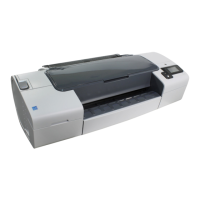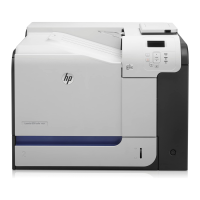FUP Commands
File Utility Program (FUP) Reference Manual—523323-014
2-143
PURGE Guidelines
If you enter any other response, FUP ignores your response and
redisplays the file set prompt.
fileset-list
names a file, a set of files, or many sets of files to purge. Partial file names are
expanded using the current default node, volume, and subvolume. You can use
wild-card characters and specify qualified-fileset for fileset-list.
If you are including the LISTALL or NO LISTALL option, you must place
parentheses around fileset-list. If you omit the parentheses, FUP treats
LISTALL or NO LISTALL as file names. After FUP executes PURGE, it displays the
total number of files it purged.
[NO] LISTALL
specifies whether to list the names of all files as they are purged. The listing is:
$volume.subvolume.file-id PURGED.
LISTALL is the default in interactive mode. The default for noninteractive mode is
NO LISTALL.
If you include this option, you must enclose fileset-list in parentheses even if
the list contains only one file. If you omit the parentheses, FUP treats LISTALL or
NO LISTALL as file names.
If you omit the parentheses and specify NO LISTALL, FUP returns a required
delimiter is missing error message. If you omit the parentheses and specify
LISTALL, FUP searches for a LISTALL file in the current default subvolume. If no
file with that name exists, it returns file-system error 11 (file not in directory).
PARTONLY
purges only the specified partition for a partitioned file.
If you include this option, you must enclose fileset-list in parentheses even if
the list contains only one file. If you omit the parentheses, FUP treats PARTONLY
as a file name.
This option is not valid for any Enscribe object. If you use PARTONLY for Enscribe
objects, PURGE terminates abnormally (ABENDs) with an error.
PURGE Guidelines
If you try to purge a file that has transaction-mode record or file locks pending and
it is audited by TMF, the purge request fails with file-system error 12 (file in use).
Even if the processes that opened the file no longer exists, the file-system error still
occurs.
Note. For different responses to the file-set prompt, see PURGE Examples on
page 2-144.
